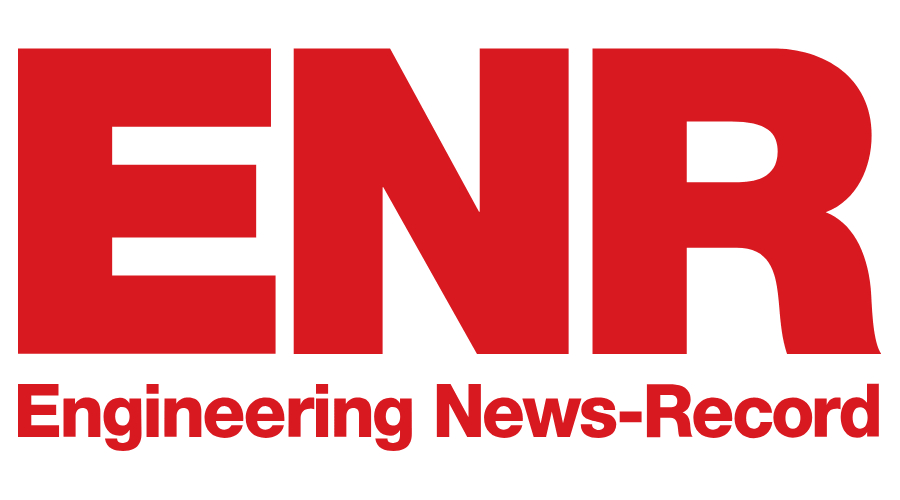We Need Breakthrough Thinking in the Construction Industry
Amazon is no stranger to stirring things up, and their newest invention is no exception.
Yesterday, I read an article about their first grocery store in Seattle – a pilot for now, but it’s really happening – with no cashiers and no lines. There’s not even a self-checkout: customers are tracked via technology that senses what they take from the shelves. When they’re done, they just walk out. Payment is processed automatically.
We don’t sell groceries, but we can learn from Amazon. Their efforts are an outstanding example of the type of breakthrough thinking we need in the construction industry. Supermarkets have lines, and beeping registers, and the candy next to the conveyor belt. That’s their paradigm. But what is the one thing we all hate most in the supermarket? Standing in that very line.


